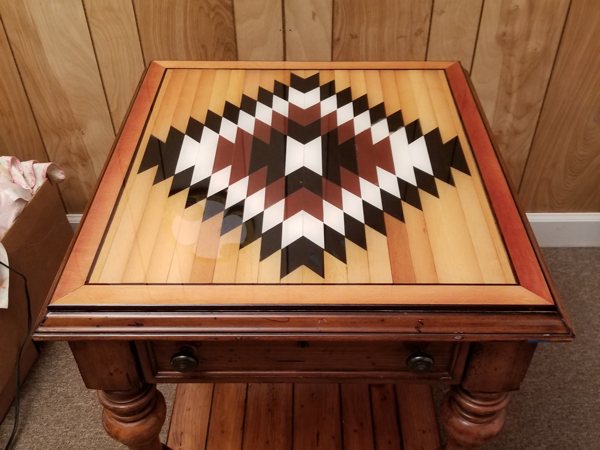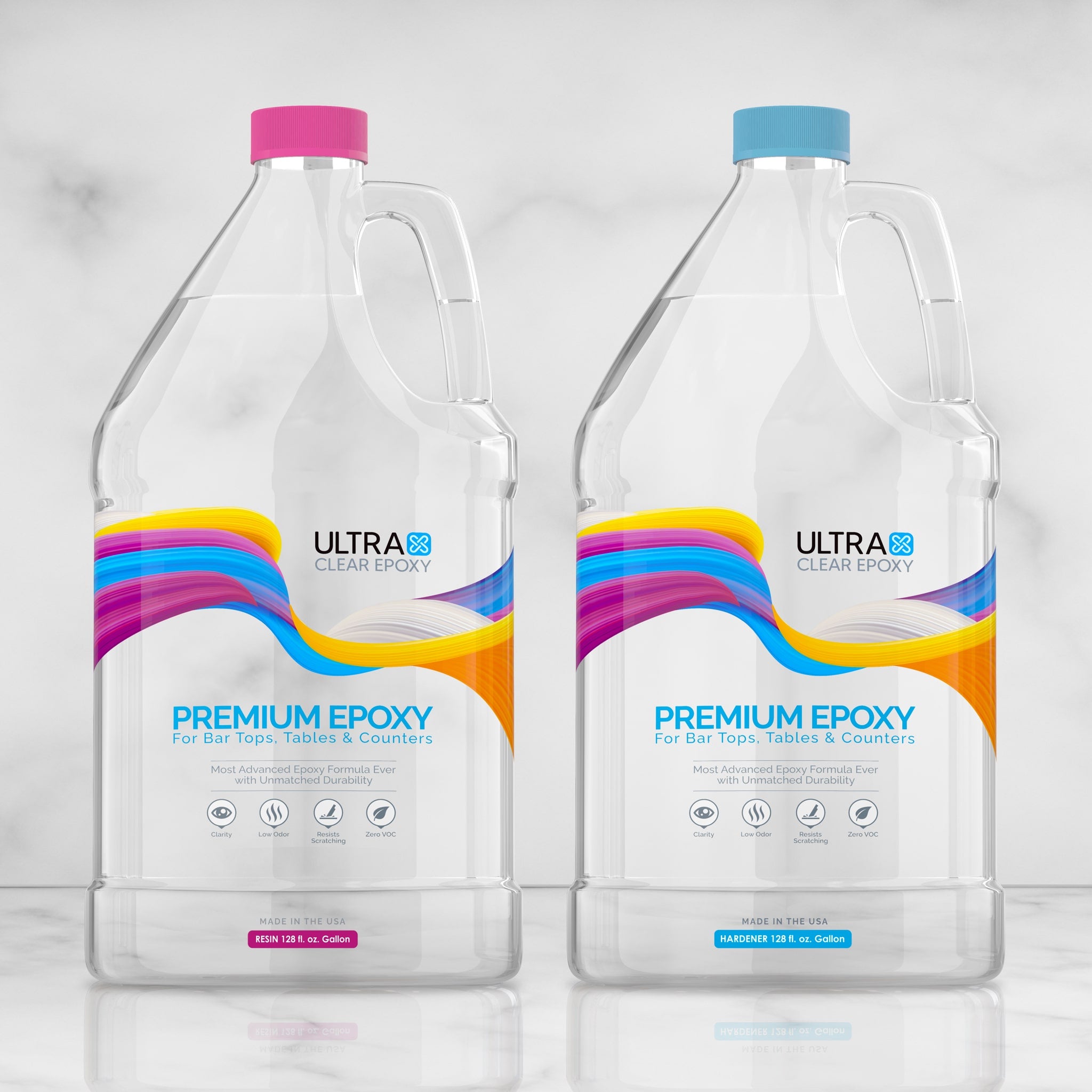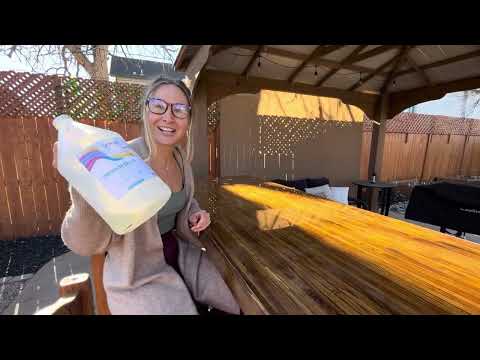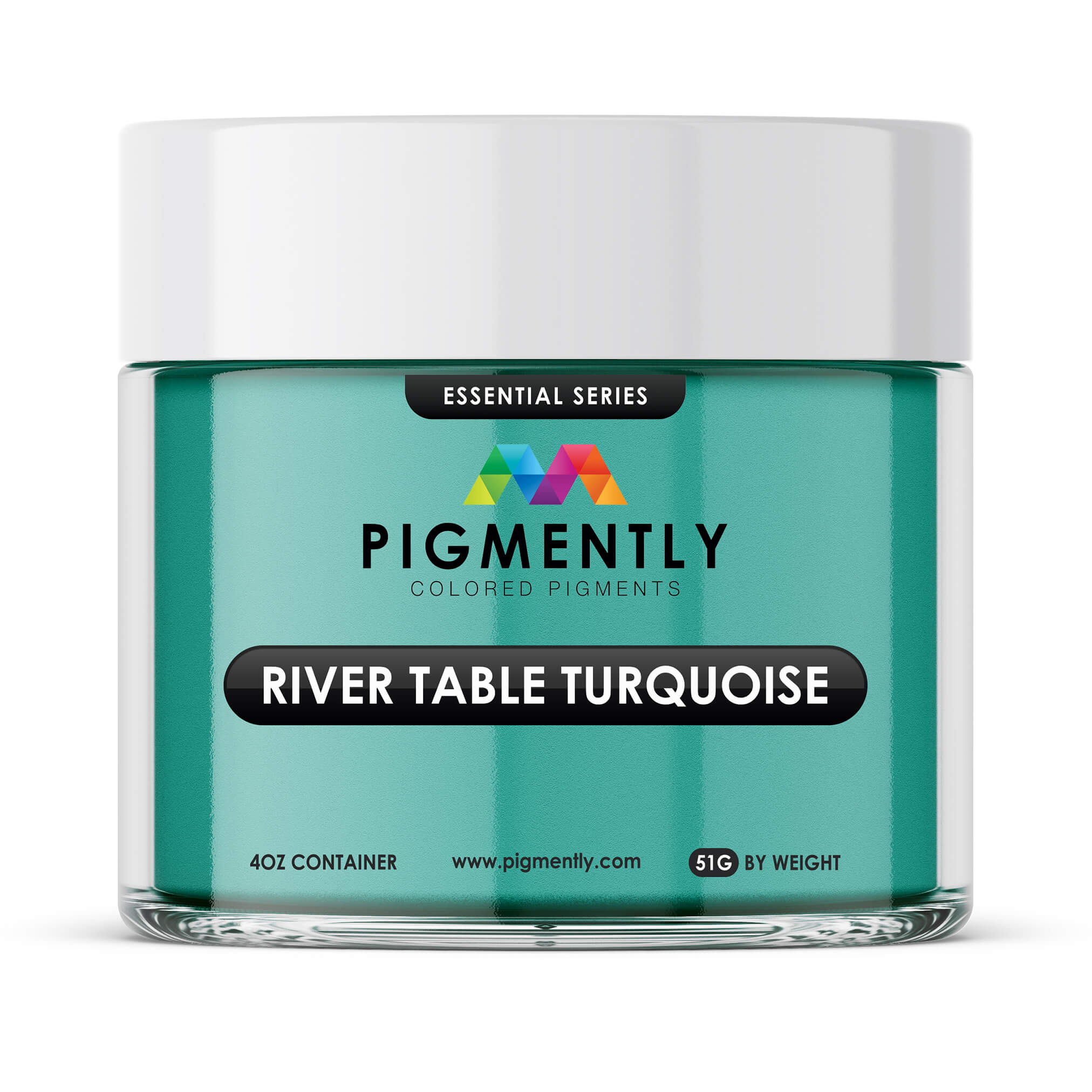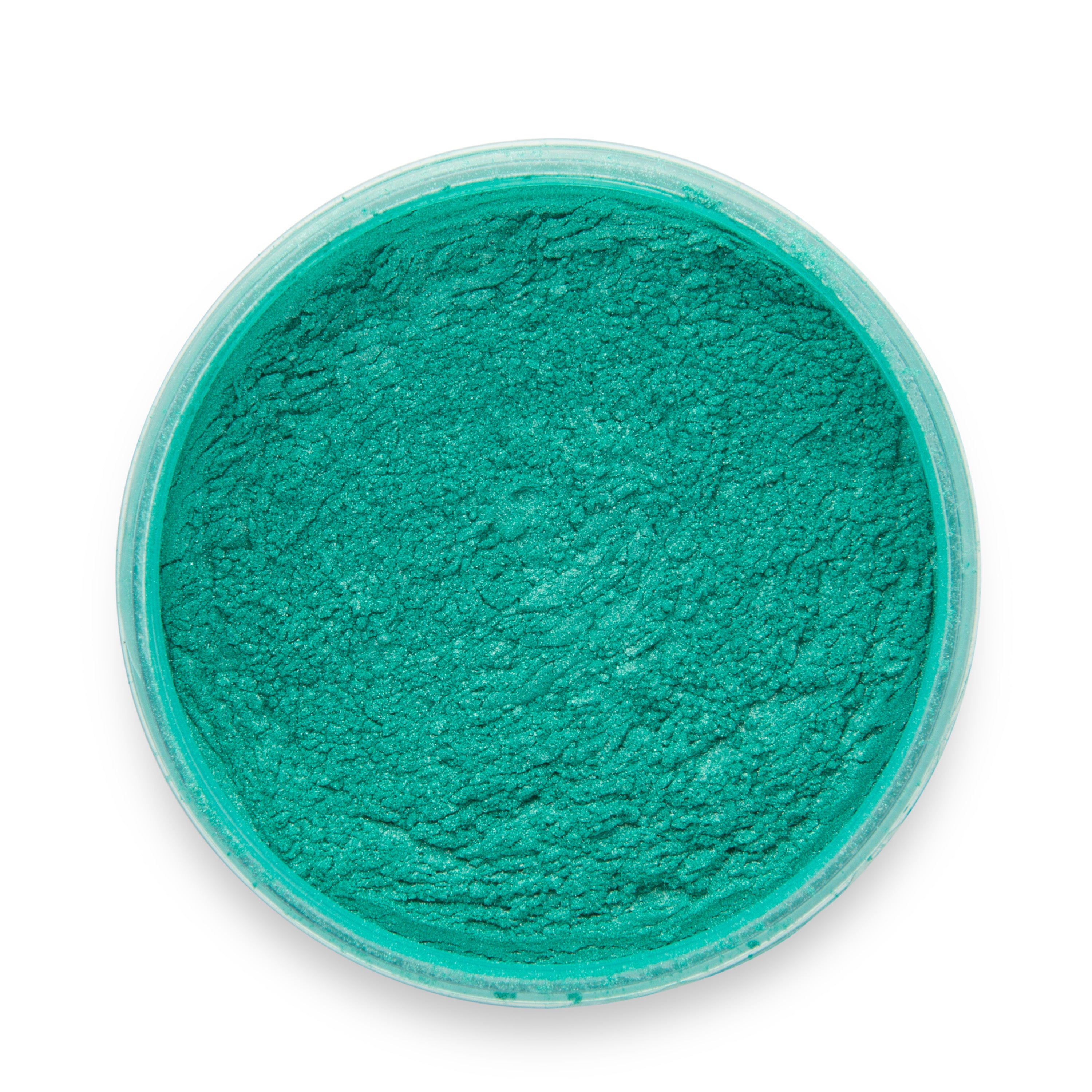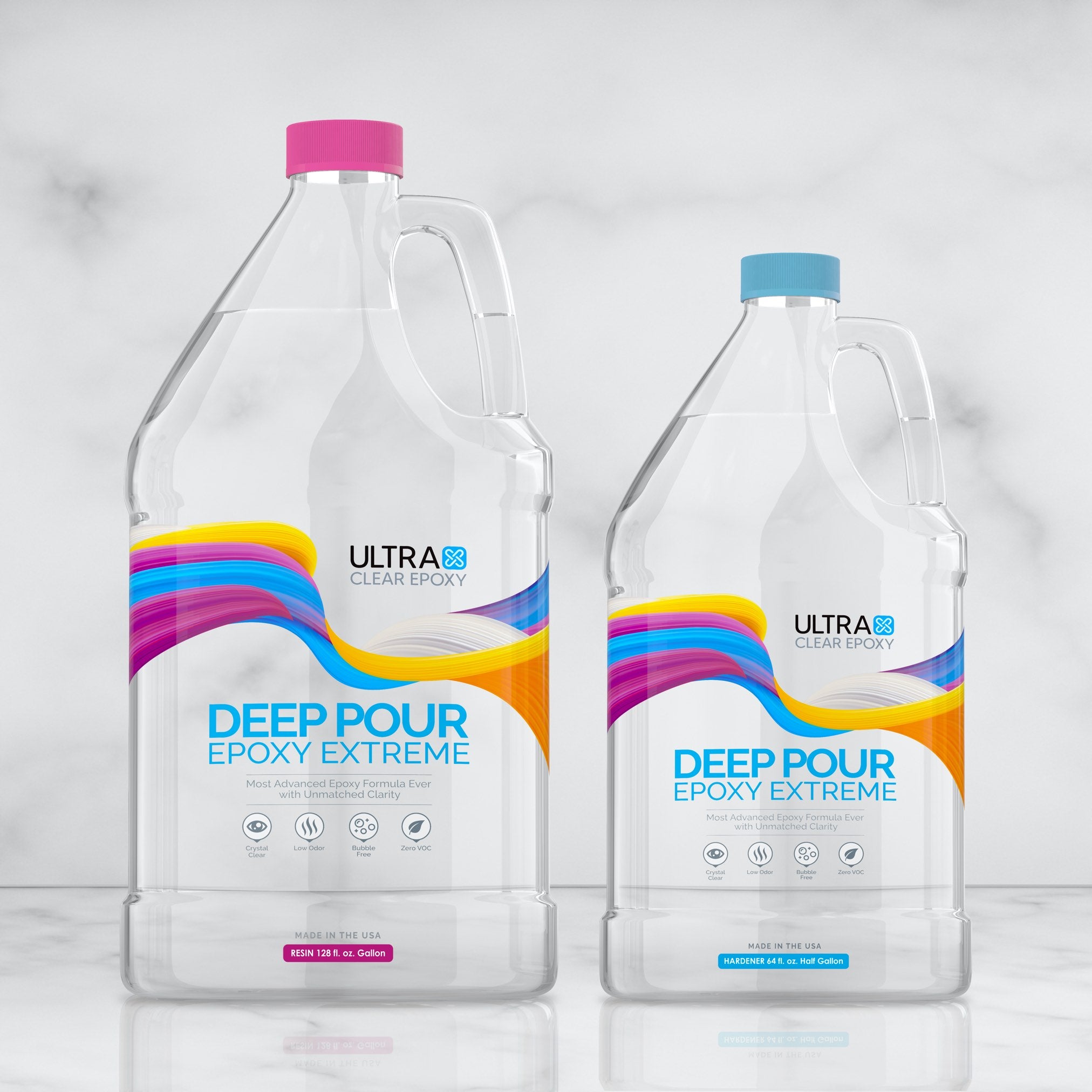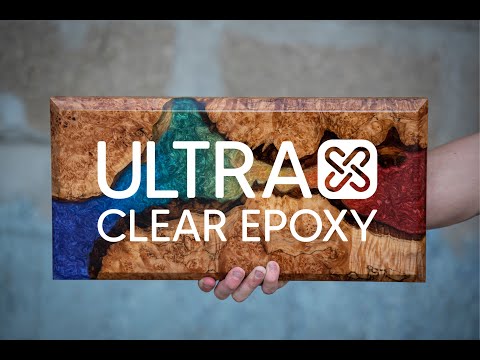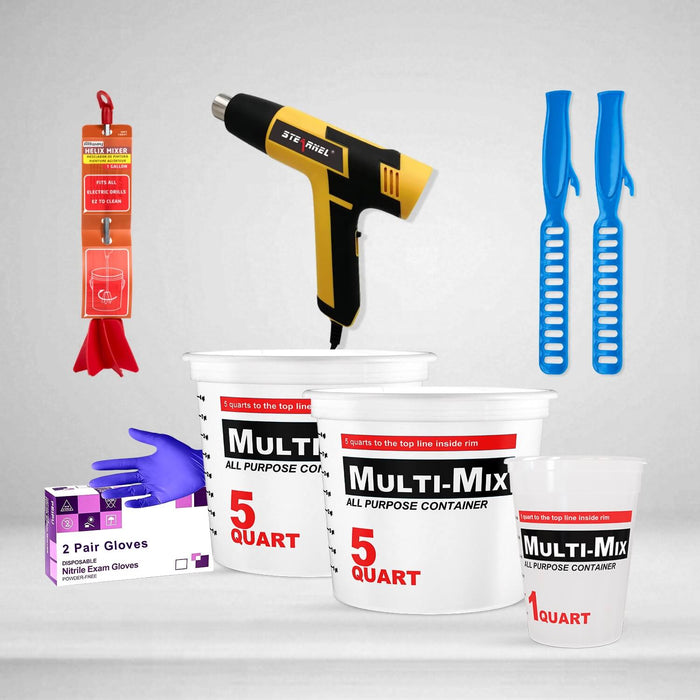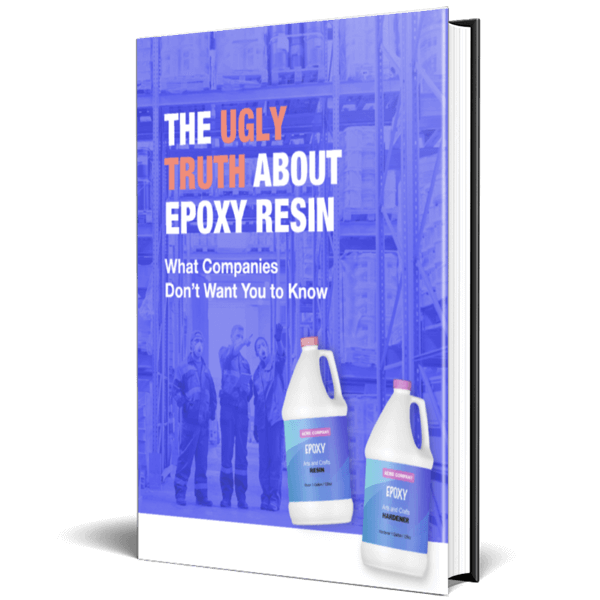Crafting an epoxy table top—or simply finishing a table you already have—can be a pleasant endeavor that lends itself well to creative expression. For that reason, a lot of DIY users start with a table top for their first big epoxy project.
But for many, it's not clear how long they can expect the epoxy they use to last as a table top finish, especially if the table is intended for frequent use. Because it's so useful to understand the strengths and limitations of a sealant prior to applying it, this information can probably be considered essential.
In this article, we'll go explain what to expect for an epoxy table top, including how long it should last, how thick and how many layers it should be, and what your options for customization are. We'll also provide answers to a few general epoxy questions that are particularly relevant for large pieces of furniture and fixtures.
How long will epoxy last in a table?
Depending on the epoxy used, a well-kept epoxy table top will last 5 to 7 years, and potentially more.
This number is heavily influenced by a few different factors:
- The quality of the epoxy used.
- The care in maintaining the surfaces (i.e., keeping it clean).
- The location it's in.
Factor #1: The quality of the applied epoxy.
First and foremost among relevant factors is the quality and type of the epoxy used to finish your epoxy table top. There's a vast range of epoxy products available to buyers these days, and many of them are of substandard quality, while a few rise above the rest to represent the best of their category.
Avoiding budget-brand epoxy
On the low end of the epoxy quality scale are numerous "budget brand" epoxy resins that fail to hold up long term. These resins are sold at a remarkably convenient price precisely because corners have been cut in their production process, making them cheaper to produce at an increased risk to you and your project.
You can learn more about budget-brand epoxy here.
But the best way to avoid this issue is to spring for a high-grade epoxy from a reputable brand instead.

UltraClear Epoxy: A premium epoxy brand for a long-lasting finish
The most important step to ensuring a long lifespan for your epoxy table top is to use a high-quality epoxy resin designed for it. At UltraClear, we specialize in premium epoxy resin products, each intended to last for a minimum of 7 years with proper care.
In our store are two types of epoxy geared toward table top projects and similar furniture/fixtures:
- UltraClear Bar & Table Top Epoxy—Our strongest, most formidable epoxy resin. Crystal-clear, rock-solid, and waterproof, this is the way to go for most table top projects.
- UltraClear Deep Pour Epoxy—A specialized resin variant designed for pouring in thick layers. Low viscosity allows it to flow like water and fill reservoirs and gaps with ease without the risks of excess bubbles that other resins have. Ideal for river tables and any other thick epoxy layer needs.
In most cases, our Table Top Epoxy is the only resin you'll need. For river tables, which usually require a thick vein of epoxy, the Deep Pour Epoxy may also be needed.

Factor #2: Maintaining your table top epoxy finish.
Another contributing factor to a long-lasting table top epoxy finish is in how well taken care of it is. Once applied, epoxy requires little in the way of upkeep. In fact, a high-quality epoxy finish will only need some routine cleaning to stay in good condition.
Cleaning your epoxy finish is generally a simple affair. Warm water and mild soap can be used to wipe an epoxy surface clean, as the ultra-smooth surface is highly resistant to staining and scratching, preventing residue and liquids from permeating and becoming "stuck" within the finish.
Learn more about cleaning epoxy surfaces here.
Factor #3: The location of your epoxy table top.
Also relevant to the lifespan of an epoxy finish is the environment it's been placed in, with outdoor projects having to endure tougher climate conditions than indoor tables. In most cases, a user will place their epoxy table top within a conditioned building. But for those that aren't (and in some cases those that are), there are a few aspects to be mindful of:
- Ambient temperatures
- Exposure to UV radiation
- Harsh weather
Ambient temperatures are rarely a major concern. As long as the epoxy finish doesn't get exceedingly hot or cold, there shouldn't be any problems. For the most part, epoxy is only temperature sensitive during mixing and curing.
On the other hand, UV radiation, which comes from direct sunlight exposure, can be an issue for cured epoxy. Constant exposure over time has a tendency to turn epoxy from fully transparent to mostly transparent, with a slightly yellow tint. The yellowing risk can be greatly mitigated by providing the epoxy finish shelter or shade from the sun.
As for harsh weather, an epoxy of good quality will fare very well against nearly all forms of inclement weather. All forms of precipitation (rain, snow, sleet, hail, etc.) are pretty much a non-issue, whereas debris and residue blown onto a surface from wind are easy to clean away and shouldn't have much effect on the epoxy itself.
Learn more about what can negatively affect epoxy here.

Some general Q&A's about epoxy.
When should you not use epoxy?
Epoxy is fine in most situations, but applying it should be done under the right conditions. Don't use epoxy in really hot or cold environments, unless you can create a controlled space for the work area to keep the temperatures and humidity right for mixing and curing.
Also, don't allow the epoxy to cure in direct sunlight, as the buildup of heat from the sunrays can mar the curing process.
Learn more about what to avoid with epoxy here.
What can ruin epoxy?
Epoxy is highly resilient to most forms of physical damage, as well as moisture, cold and warm temps, and a variety of chemicals. That said, there are some things that strong enough to ruin it.
Inadequate preparation, measuring, or mixing
Once informed, most users find the epoxy process to be relatively straightforward. However, each step is quite important, and it's essential to follow the corresponding instructions carefully when proceeding through them.
Inadequate preparation of the substrate, inaccurate measuring, and poorly-blended resin batches are common causes of epoxy problems.
Harsh solvents
Harsh solvents are the most prevalent means of damaging epoxy. Bleach, acetone, and similarly potent chemicals can dissolve the epoxy or damage it in other ways. In fact, acetone is one of the best options for removing unwanted epoxy resin.
If these chemicals get onto your epoxy surface, there's usually still time to wipe them up, as the epoxy withstand a certain level of brief exposure. Just be sure to wear gloves when dealing with powerful cleaning chemicals like those.
Sharp objects (e.g., knife blades)
Sharp objects can also damage an epoxy finish, despite its superb durability. A sharp-enough knife for instance, can cause scratches in the epoxy finish when used to cut something. This is why we strongly recommend using cutting boards for epoxy surface even though cured epoxy is food safe.
Should you seal wood before using epoxy?
For wooden surfaces, a seal coat of epoxy should be applied before the eventual flood coat. The seal coat will push out air and seal off any pores in the substrate while also providing an even better surface for the flood coat to bond to.
UltraClear Epoxy: Resin Products of Unmatched Quality
As with any material, epoxy resin has both pros and cons. But no other sealant has so few weaknesses, and that's what puts epoxy above all other options when it comes to being a finish for high-traffic fixtures and furniture such as countertops, table tops, and bar tops. And among epoxy resin products, there are none that match the quality of UltraClear.
You can find our UltraClear Epoxy products on the following pages:
- UltraClear Bar & Table Top Epoxy: The classic choice for bar tops, countertops, and table tops. Rock-solid, waterproof, and crystal-clear.
- UltraClear Deep Pour Epoxy: Our deep pour casting resin. Ideal for thick layers, such as those needed for river tables.
- UltraClear Art & Craft Epoxy: Our arts and crafts resin, designed for smaller artistic endeavors which typically involve resin molds and require a bit more fluidity than bar top epoxy.
With high chemical and physical resistance, UltraClear resins can withstand and endure many forms of wear and tear without breaking a sweat or showcasing any cosmetic damage.
Plus, in addition to its ease of application, they also require little upkeep to maintain its pristine appearance. With a high-quality epoxy finish, you can expect a minimum lifespan of 7 years, with no need for reapplication. Beyond that, it's a breeze to renew that coating, requiring only a light sanding and a fresh layer of epoxy.

